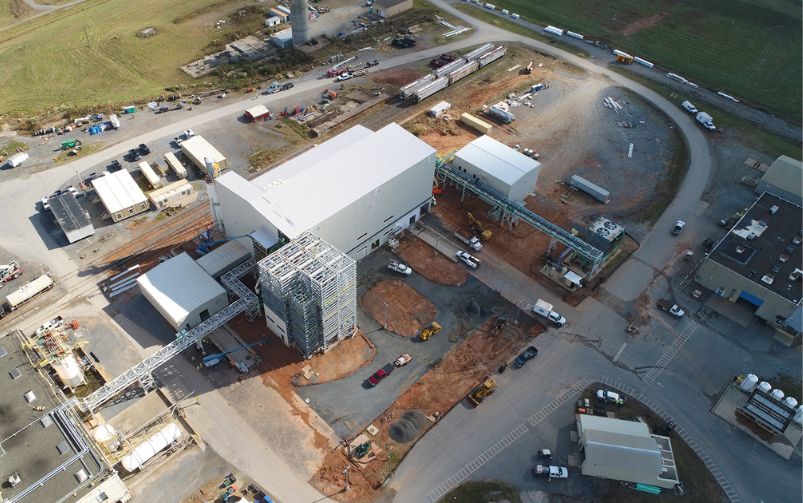Researchers are designing acid-loving bacteria to accelerate nickel recovery from tailings. Photo by Patrick Diep, courtesy of University of Toronto Engineering.
Research from the University of Toronto’s Faculty of Applied Science and Engineering shows that a strain of bacteria could be genetically engineered to accelerate the extraction of nickel from pyrrhotite tailings.
The path to discovery began in 2010, when a student collected a sample from a pyrrhotite tailings site in Vale’s Clarabelle Mill, near Sudbury, Ontario. The sample was analyzed back in the lab and the research team identified a new strain of a species of bacteria called Acidithiobacillus ferridurans, which thrives in extremely acidic and heavy metal-rich environments. The researchers named this strain Acidithiobacillus ferridurans JAGS (the acronym is named after the initials of two students who helped with the project, Andrew Jo and Srinath Garg).
Since then, University of Toronto engineering researchers, including Radhakrishnan Mahadevan, Elizabeth Edwards and Vladimiros Papangelakis, mapped the microbe’s genome sequence, which was published in the journal Microbiology Resource Announcements in 2020, and have been working on enhancing its bioleaching capabilities.
Related: Laurentian University's Nadia Mykytczuk on bioleaching and opening up the microbial "black box"
Tailings from nickel mining operations are rich in iron and sulfur, along with trace amounts of nickel. When such tailings are exposed to oxygen, the sulfur undergoes oxidation to form sulfate, which is a component of sulfuric acid. Water is used to cover the tailings to slow the oxidation process, but over time the ponds can still become highly acidic when exposed to oxygen.
The researchers have been using adaptive evolution to enhance the acidophilic capabilities of the bacterial strain. The researchers took samples that grew well in the presence of low concentrations of mine tailings and exposed them to increasingly higher concentrations. Over time, the strains became more effective at carrying out key chemical reactions utilized in bioleaching.
In addition to this, the researchers are also using bioengineering techniques to edit genes. Mahadevan, a professor in the department of chemical engineering and applied chemistry, told CIM Magazine that while studying the strain, the researchers noted it made copies of certain genes that tolerate metal. The researchers are working on enhancing this capability through bioengineering.
“We hope that through these complementary approaches, we will come up with a set of strains that will be able to very rapidly dissolve oxidized minerals and produce sulfur,” Mahadevan said.
Through a combination of genetic engineering and process engineering, the researchers hope to stop the production of sulfuric acid by producing elemental sulfur instead as a potential by-product that could be sold for commercial applications, for example fertilizer production.
The next step is piloting the discovery, all in the hopes of eventually enabling widespread application of bioleaching technology.
“We’d like to build some 50-litre scale reactors so that we can put the microbes that we’re discovering, along with real substrates, and test their performance at that scale. And then of course, if that works, then we can go to 100 litres, and eventually, to the scale at which we need it,” Mahadevan said.
In April of this year, the project received a total of $6 million in funding: $2 million through Ontario Genomics from Genome Canada, $2 million from the Government of Ontario, and six companies in the mining sector, including Vale, Glencore, Metso-Outotec (now known as Metso), BacTech, MIRARCO and Yakum Consulting, are providing about $2 million in funding and in-kind contributions, which includes raw materials for testing.
Mahadevan said the goal is to have a waste resource be utilized to extract nickel and help with the energy transition to the net-zero economy.
Currently, there are about 100 million dry tonnes of nickeliferous pyrrhotite waste stored in tailings ponds located in the Sudbury area.
The researchers hope to have a bacterial strain, and an associated process that will be ready to be tested in the field, in three to five years.




